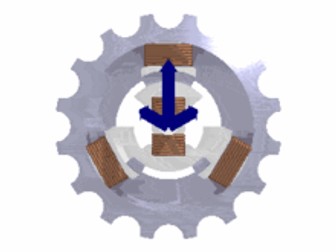Forensics - Crime Scene Processing and Techniques
A set of 4 forensic powerpoints starting with Crime Scene Processing and Recovery of evidence, the powerpoints go on to detail the various chemical, physical and biological techniques available in forensics.
Each powerpoint has activities throughout and hyperlinks to relevant instructional videos.
They are written to follow Unit 32 of the BTEC Applied Science Level 3 curriculum but I have also used them for the Unit 13 of the BTEC Applied Science Level 2 and on a G&T CSI forensic fun day.
